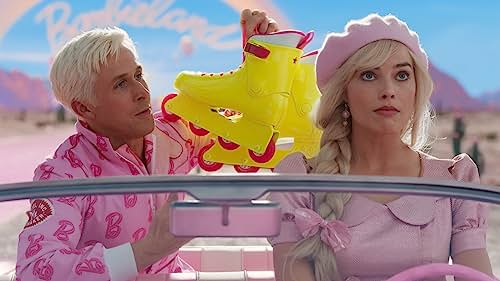
From Tetris and LEGO to Barbie: How toys, brands have emerged as modern heroes in films

What is a good chant to meditate on? Surely not Clair de lune by Claude Debussy. What about Four Seasons by Antonio Vivaldi? What if you have scandalised your child, broken all your vows, and stolen a man’s name and made nothing of it? For Don Draper, debonair ad man in Mad Men (2007-2015), it is I’d Like the World to Buy a Coke. A sugary beverage vanishes, becoming instead ichor, coursing through humanity and bringing it together like crochet.
The song, actually released by real ad men in 1971, was a smash hit. Coke sold like hot pies. As of today, a glass of Coke is an iced gulp of togetherness, a staple accompaniment to all else, a meal on its own, bookending a day in the greased machine that is this world. Brands are the new protagonists, assuming an ideological dimension akin to real persons in texture and depth. They are rich with very personable contradictions, and are the subjects of movies which celebrate them as champions of cutting-edge technology, creativity, even humanity.
The element of nostalgia
The first trailer for the upcoming Barbie references 2001: A Space Odyssey. A monolith that has mysteriously appeared is anointed with the value of a shrine in Stanley Kubrick’s 1968 sci-fi masterpiece. In the 2023 trailer for Barbie, this monolith is replaced by an intimidating figure of a Barbie doll.
Mattel, the maker of the Barbie doll and Hot Wheels toys, has slated a slew of movies based on the secret lives of its personified toys, roping in big ticket filmmakers such as JJ Abrams (the Mission Impossible series, the latter Star Wars films, among others).
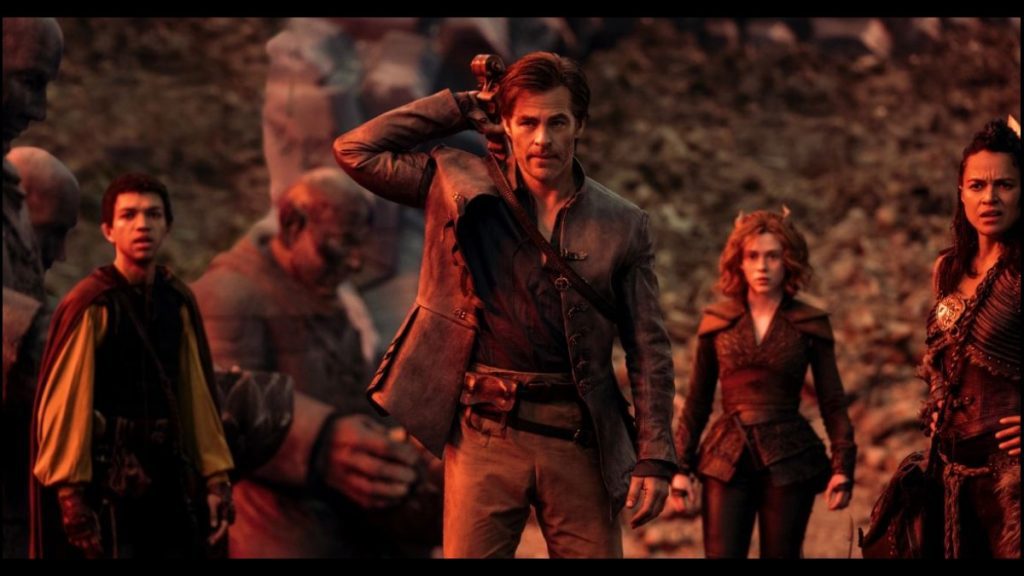
Barbie’s director, Greta Gerwig, and her co-writer, Noah Baumbach, are not known for being sell-outs. Through a deft creative turn inspired from French cinema and their unending fascination for New York, New York, the two have a repertoire filled with movies exploring feminist angst (Mistress America, 2015), suburban living (Greenberg, 2010, and The Meyerowitz Stories, 2017)), civic madness (Margot At The Wedding, 2007)), classic literature (Little Women, 2019), and consumerism (White Noise, 2022).
It then stands to reason how their apparently balls-to-the-wall attempt to make a merchandise movie fits in their oeuvre. Speculation is that the film is a deconstruction of the feminist credentials of Barbie itself, but would Mattel even allow such a thing?
Also read: Mission: Impossible – Dead Reckoning, Part 1 review: Tom Cruise revs up adrenaline overload
The Barbie movie is only the latest attempt to diarize the lives of an inanimate object with verve and nostalgic relish. The Super Mario Bros. Movie, Dungeons & Dragons, and Tetris are about the respective games. Mario, the Italian plumber, actually bounces off absurdly outsized mushrooms. Tetris is an origin story. As is AIR, the movie about a line of shoes marketed after then-amateur His Airness Michael Jordan himself.
So is BlackBerry, which traces the temerity of swiveling executive chairs that gave us the corn-kernel type keypads. All of these were released in the first half of 2023. There is an obvious element of nostalgia, zeroing in on an audience that has matured sufficiently to not be unwieldy about criticism of these objects, but also sympathetic enough to an appendage of their lives.
Why brands have to keep reinventing
Barbie was a doll made in the image of a German one, first seen in American stores in the 1940s. Most American dolls were babies then. Some say this ensured a feminisation of instincts in impressionable young kids. But as the Barbie grew shinier, contorted into shapes that emphasized sex appeal, it was criticized for peddling impossible body standards.
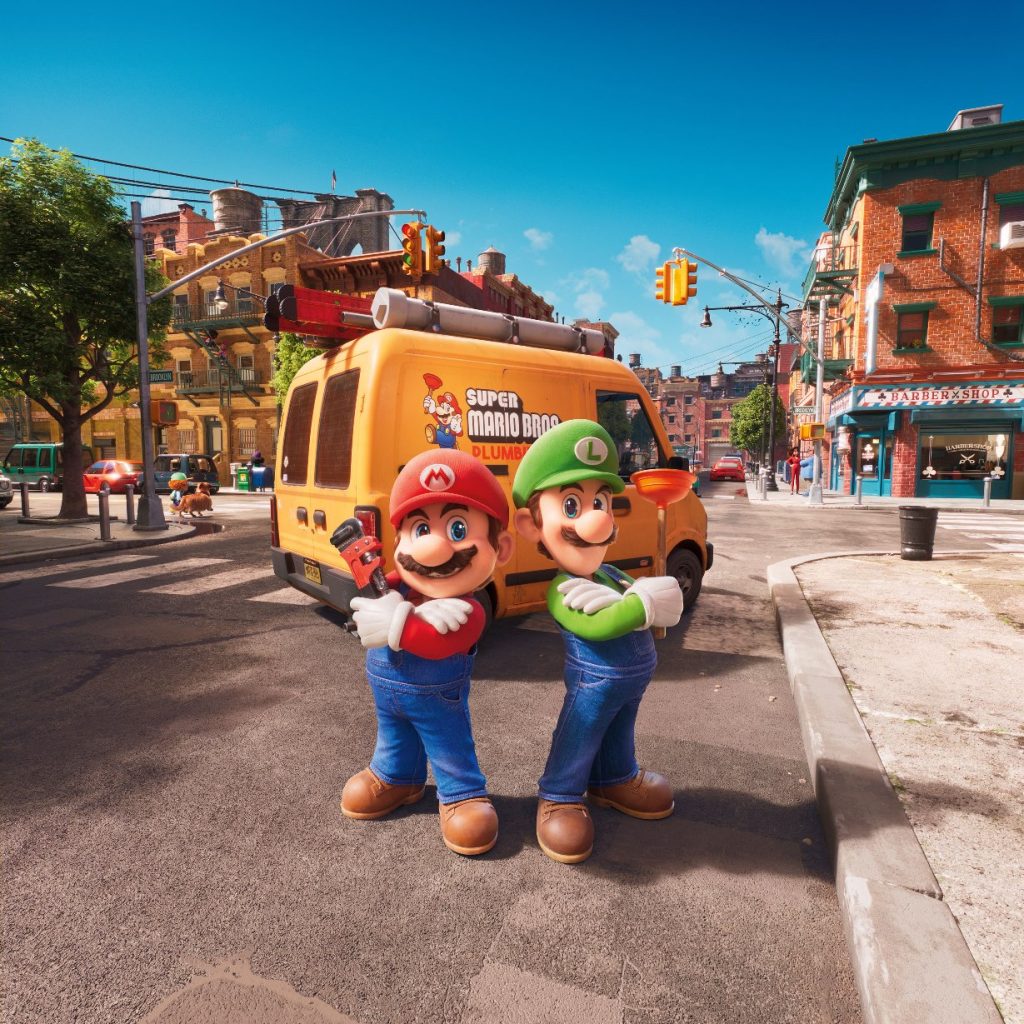
The argument against this came in the form of the Barbie doll donning the outfits for various professions, an act of rug-pulling with the subtlety of a sledgehammer, stating boldly that this Barbie, well, made a living, and was her own woman. Or toy. But all professions, people noticed, were gender-coded. Feminine. Confirmatory. Cosmetic. And so it goes.
In intellectual property law, brands are a delicate entity as they are not copyrightable in the way books or films are, and are neither exactly capable of being trademarked, because of their inexact, abstract constitution, existing more as vapors of recognition enmeshed in a highly disorderly network of materialistic neural connections. As such, brands have to keep reinventing.
In a scholarly paper, Mohan Gupta and MP Ram Mohan of IIM-Ahmedabad point out the impossible double bind in which big brands such as Barbie find themselves in, where the first source of their recognition — here, a feminine ideal — itself becomes outdated with the changing societal mores, and how attempts to reinvent the doll carries risks of being called insincere. The Indian Barbie, and the Barbie with Down’s Syndrome have both been heralded and lambasted, for their recognition of diversity and the despicable cash-grab these measures are.
Trips down nostalgia
As a source for societal critique, then, Barbie provides a wonderful vantage point, and establishes the toy not as a figurine representing nostalgia, but a flesh-and-blood character that embodies multitudes. The LEGO Movies have a similarly interesting history. “Everything is awesome”, the song from the first one, a disgustingly catchy number, talks about the interiority of a universe — the LEGO universe, to be precise.
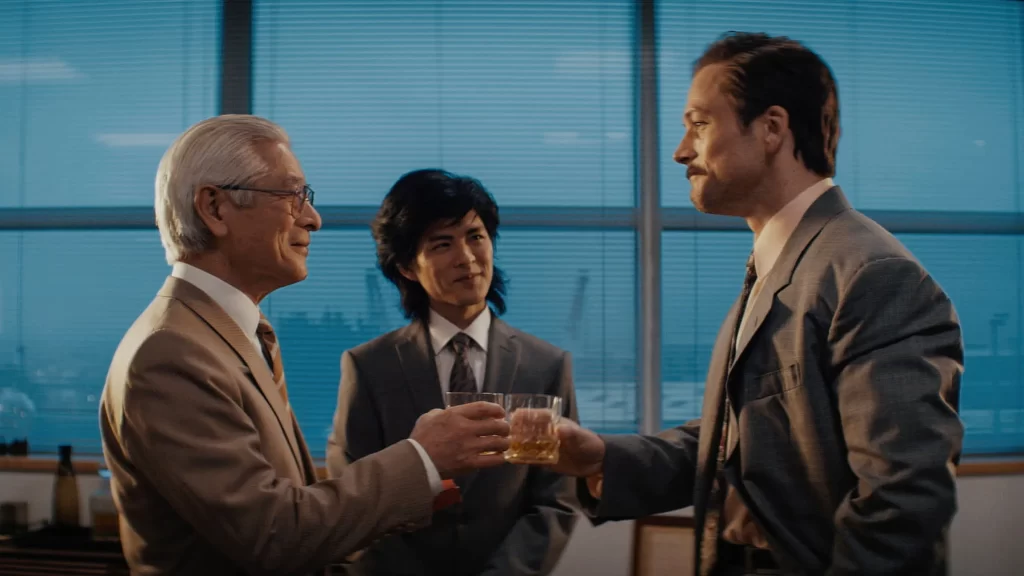
When LEGO was trying to avoid losses by establishing intellectual property rights over its recognisable brick toys — the ones you are prone to step over in any iteration of Murphy’s law — it lost. Terribly so. This is because though it had patents over its toys initially, once they expired, competitors were able to make similar interlocking toys and sell them at a much cheaper price.
Also read: Adhura review: A feeble horror-thriller, set in Ooty, fails to send chills down the spine
LEGO’s reinvention was in a recognition of branding as a suitable vehicle. Its many figures — covering Batman, Harry Potter, Star Wars, among dozens of others, and their respective universes, consisting of set pieces such as the Hogwarts Castle, the Millennium Falcon and the Batmobile, among other artifacts — capitulate on established recognition and catapult that into a zone of free creation, where characters from different creative universes interact somewhat insanely, always freely.
LEGO Batman carries LEGO Yoda on his back while a LEGO Gandalf has a chat with the city construction office. This liberty, combined with the role that brands play in our conception of self today, in a dizzy metacommentary, was a towering achievement of the first movie released in 2014.
AIR and BlackBerry are less about products and more about the time they symbolized. In the first class act of the cellphone movie, it is inconceivable to an audience, largely nurtured by rash speeding through the information superhighway of our phones, that at one time, free text messaging using the internet was celebration enough to punch the roads and hug and kiss.
The BlackBerry phone is a retro object on the lines of the Casio digital watches, exuding easy charm and digital exclusivity, its thumb-enabled wizardry a stand-in for the fact that humans are one of the only animals with evolved opposable thumbs, pressing dews of molded polymer to dot and dash the face of the digital world.
“We are the BlackBerry Boys” was a 2010 ad campaign which tried to break the icy seclusion of the brand, stepping away from just businesspeople to others who, perhaps, aspired to be one. No other brand of phone could cut such an impressive, definitive figure. And none did; BlackBerry phones went out of service some years ago.
Merchandise movies and cultural connections
Untethered from more straightforward persuasions of intellectual property law, brands are driven in a vicious cycle of continuous reinvention, where, through sufficient contrasts, they sketch out a corporate person, providing ready fodder for dramatic bombardment.
Tie-in movies cannot cash in on nostalgia itself: Detective Pikachu (2019), Max Payne (2008), Need for Speed (2014) were derivative works that splintered from a creative universe that was static, sterile, and one-note, existing solely within the plane of entertainment and cautiously avoiding more critical engagement, though they are big names within their own domain of video games.
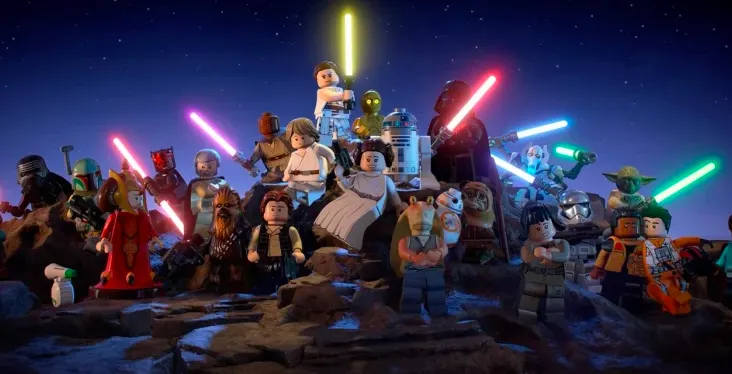
As such, it is arguable that merchandise movies, which are based on more defined and majestically executed brands, are much more likely to draw in from the complex real-world associations that these brands tend to build, careening across generations, and effortlessly occupying places in the alcove of people’s lives.
In his review of The Social Network (2010), beloved critic Roger Ebert made a nice point about the film being “not only as smart as its brilliant hero, but in the same way” — Mark Zuckerberg was portrayed as a clinical social climber, treating friends as chessmen. He was cold, distant, almost asocial. This is a personality which the real Zuckerberg has been parodied to possess, that of a soulless lizard who pries into people’s data, upends democracies (case in point: Myanmar), and thinks a virtual world would be so good (hard not to feel sad about the phenomenal failure of Meta).
Also read: Saim Sadiq’s Joyland confronts LGBTQ phobia in South Asia, basks in love’s luminous glory
Aaron Sorkin’s screenplay, which borrowed neatly from Ben Mezrich’s book, was premonitory in its imagination of the evils of an overconnected world that doesn’t talk a lot. As such, the brand of Facebook was the main protagonist of the movie, fashioning its attributes in the shadow of earlier social networks, but with a flair for ostentation, engagement, and the paranormal feeling of showing and being seen, observed. Monitored. A movie about the benign Friendster or MySpace wouldn’t affect viewers significantly.
I have similar thoughts about The Founder (2016) as well, that movie about the expansion of McDonalds’, the fast food chain, its golden arches evoking, through the marketing finesse of Louis Cheswick, breasts. The movie begins warmly. McDonalds’ is a single shop owned by humble brothers, and also the other way round. The “founder”, Ray Kroc, helps them expand, with them still retaining control, and hence there is soul in the mayonnaise, some heart in the lettuce.
Capitalism catches up, and the sunny venture becomes a chrome-plated grease-guzzling machine. It is an interesting story because McDonalds’ is an interesting brand. Wendy’s, a competitor, is today known for being caustic in its Twitter feed, which doesn’t exactly cut it. KFC, on the other hand, with its storied Colonel Sanders and the self-help guru favourite of a rags-to-riches parable, might be the next great brand movie. We have already had a movie about Cheetos, haven’t we?


